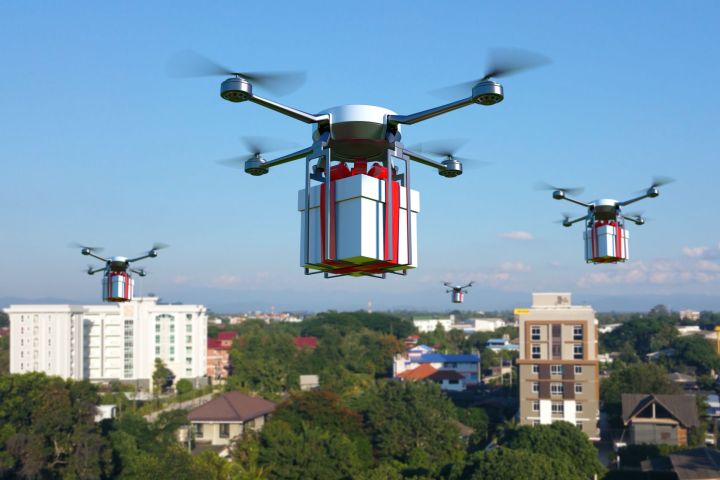
Porn, cell phones, tobacco, and drugs are among the items people have tried to sneak into prison since 2012. That was the same year Congress began opening up the skies for hobbyist drones by passing a bill allowing them to fly over U.S. territories. The bill also made it easier for average people to get licensed by the Federal Aviation Administration (FAA) to fly drones. When you let almost anyone fly drones, almost anything can happen.
Contraband smuggling may not have been Congress’ intention when it passed the bill, but prisoners have been taking advantage, no matter how secure the prison is. According to the DOJ’s documents, an inmate at the United States Penitentiary in Victorville, California was able to get someone to smuggle two cell phones into the high-security prison using a drone in March 2015. The officials at the jail did not know it happened for five months.
The documents also reveal how a released prisoner and two other people used a drone to smuggle drugs and porn into Maryland’s Western Correctional Institution. The trio performed numerous nighttime sessions and made $6,000 per drop off. The three were eventually convicted of their crimes.
There have been efforts at thwarting drones that may border on science fiction. In May, a British prison installed a 2,000-foot high “drone shield” called Sky Fence, designed to detect and block drones that fly close to the prison’s perimeter. It does this by incorporating numerous signal disruptors placed around and on the prison grounds, and jamming the signal between the drone and the pilot when it detects one approaching.
Keep a look out in the sky. You never know where that drone may be headed.


